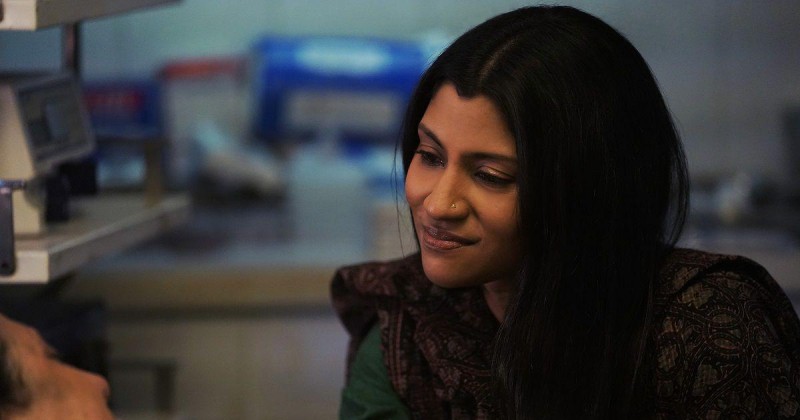
In addition to propelling India to the forefront of international film production, the 1970s also saw a remarkable transformation that gave birth to a term that would come to be associated with the industry: Bollywood. This period is known as a turning point in the history of Indian cinema. India overtook America to become the largest film producer in the world during this critical period, a feat that not only demonstrated the nation's creative prowess but also laid the groundwork for the Bollywood phenomenon that we know today. In-depth analysis of the vibrant Indian film industry in the 1970s is provided in this article, along with an examination of the factors that contributed to its rise and the etymology of the term "Bollywood."
A new era in Indian cinema began in the 1970s, one that saw a significant shift in the way movies were made, stories were told, and how audiences were involved. As the socio-political climate changed, filmmakers embraced daring narratives, tried out new genres, and reflected on it. Film production increased in both quality and quantity during the decade as artistic innovation and financial success came together.
A paradigm shift in terms of production volume occurred in the Indian film industry during this time. Hundreds of movies were released every year during the 1970s, which saw a boom in film production. This increase not only confirmed India's position as the top film producer in the world, but it also demonstrated the industry's capacity to serve a wide variety of clientele.
A term was required to capture the essence of India's film industry as it gained international recognition. As a mashup of the words "Bombay" (now Mumbai) and "Hollywood," the term "Bollywood" came to be used to denote the fusion of artistic creativity and commercial viability. The term "Bollywood," which was first used in the 1970s, came to represent the distinctive fusion of music, drama, and dance that characterizes India's thriving and successful film industry.
The 1970s saw a revival of music as a crucial element of Indian cinema. The films' popularity and resonance were aided by iconic soundtracks that became interchangeable with them. Audiences were uniquely affected by the melodic compositions, which were frequently deftly woven into the story.
Indian movies were able to transcend national boundaries and win recognition on a global scale in the 1970s. In addition to gaining popularity within India, movies like "Sholay" (1975) went global. The prestige of the sector was increased by this international acclaim, which also helped Indian cinema become more widely distributed.
In the development of Indian cinema, the 1970s are remembered as a pivotal era. It was a time of prolific production, cinematic innovation, and the coining of the term "Bollywood." Not only did India's film industry surpass America as the largest film producer in the world, but it also left its mark on the world's cultural landscape. The time period was a prime example of how art, music, and storytelling can cross boundaries and leave a lasting impression. Bollywood's future is still being shaped by the legacy of the 1970s, whose impact can be felt throughout the annals of cinema.
Brits on High Alert in Niger: Unrest Prompts Urgent Call to Stay Indoors and Register Location